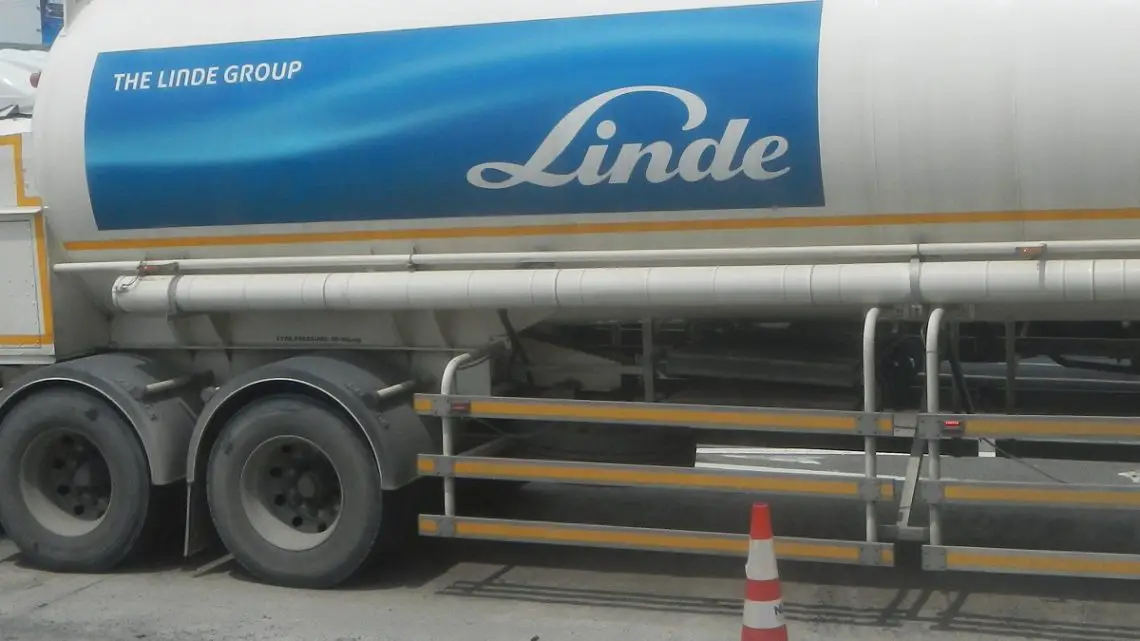
Linde announces massive $2B blue hydrogen investment
September 9, 2024The giant has launched a new investment strategy in H2 produced using natural gas
Linde has announced the launch of a $2 billion blue hydrogen project that will be constructed in the Canadian province Alberta, combining the production of H2 using natural gas with carbon capture and storage technology.
The goal is to position the location as a low-carbon hydrogen export hub
The blue hydrogen project will be using natural gas as a feedstock. While that would typically mean that the outcome would be gray H2, the difference being introduced with this project in order to make it a cleaner source of energy is the incorporation of carbon capture and storage (CCS) systems to limit the amount of CO2 being released into the atmosphere.
Linde will both own and operate the low-carbon H2 facility. Its intention is to use its technology for the capture of over 2 million metric tons per year. This will make include it among the largest clean Hydrogen production facilities in Canada, keeping in mind that the vast majority of H2 production in the country is produced using fossil fuels without emission mitigation technology.
The blue hydrogen site will supply Fort Saskatchewan’s Path2Zero project
The new long-term agreement for the production of the low-carbon H2 will also ensure a supply of the fuel for Dow’s Path2Zero project, which is located in Fort Saskatchewan, located in the same Canadian province. That project comes with the goal of supporting Dow in the establishment of an integrated, net-zero emissions ethylene plant.
Beyond supplying Do, the H2 Linde produces at the facility is also expected to meet the energy demands of other industrial consumers in the region that are seeking to decarbonize.
Challenges continue to exist
As smooth as this all appears to be going, it is important to note that there remain a number of challenges to the successful deployment of the project. This is particularly true when it comes to rail transport of ammonia, which will be critical to the successful distribution of blue hydrogen throughout the supply of both the immediate region and beyond.
The provincial government of Alberta as well as that of neighboring British Columbia have been collaborating with industry in order to support exports through efforts such as the improvement of logistics. Among the newly implemented policies that have been established to support these efforts include a $300 million trade corridor with Germany, illustrating a clear commitment to boost the blue hydrogen sector in Canada.



 With over 15 years of reporting hydrogen news, we are your premier source for the latest updates and insights in hydrogen and renewable energy.
With over 15 years of reporting hydrogen news, we are your premier source for the latest updates and insights in hydrogen and renewable energy.
Well done Linde! Please consider using the captured CO2 to make graphene. There are amazing current and future uses for graphene especially in energy production of green hydrogen. Canada is a great place to do both blue and green hydrogen production and will be a model for all nations in the transition to a hydrogen economy. Best to convert as soon as possible and prevent large forest fires in the future like those that are now occurring in the US.